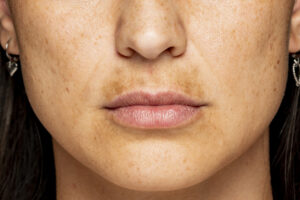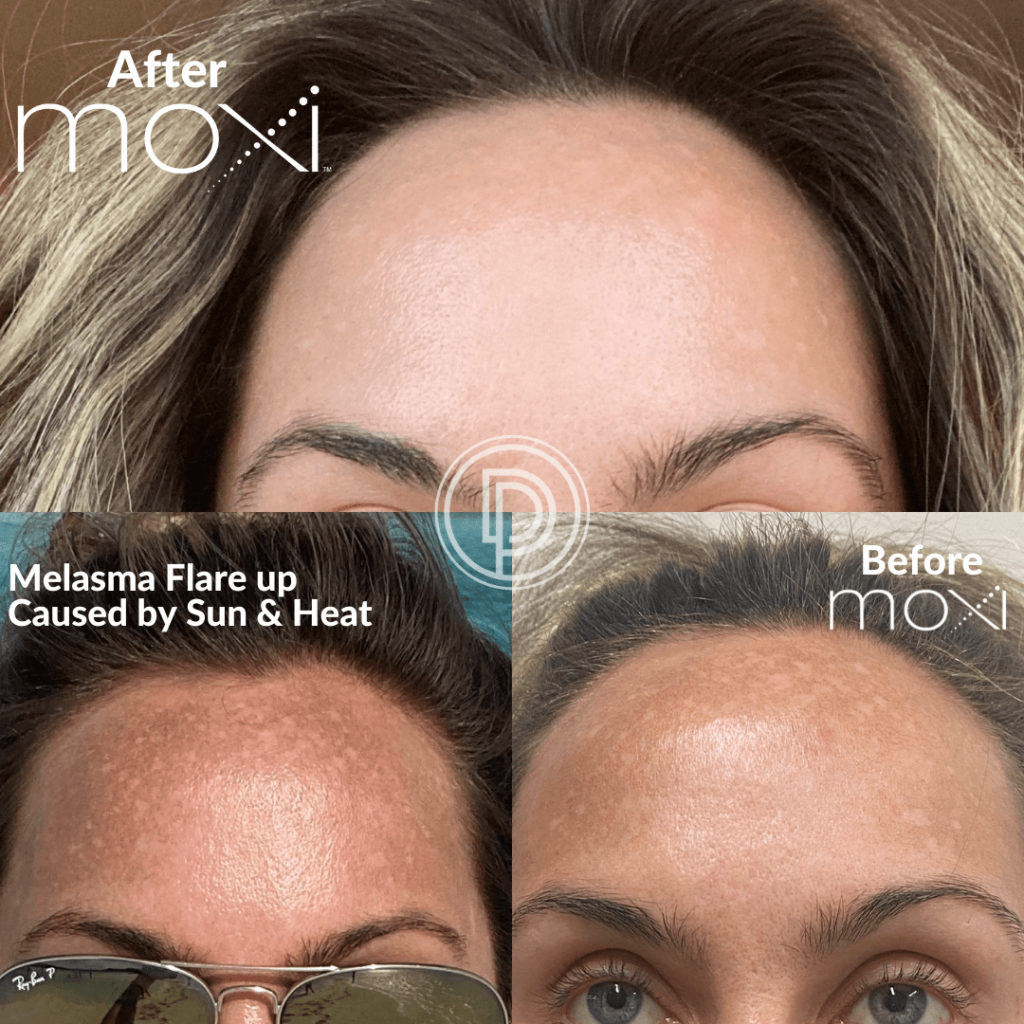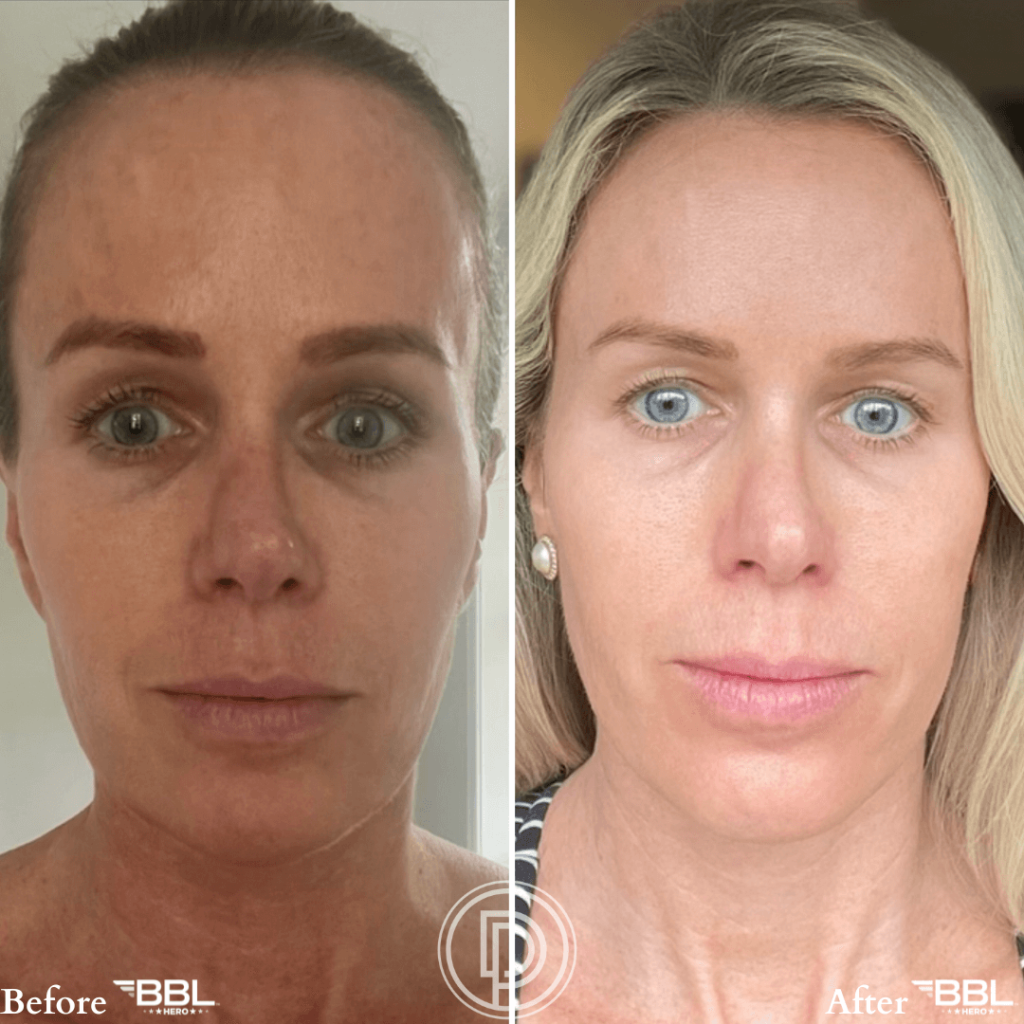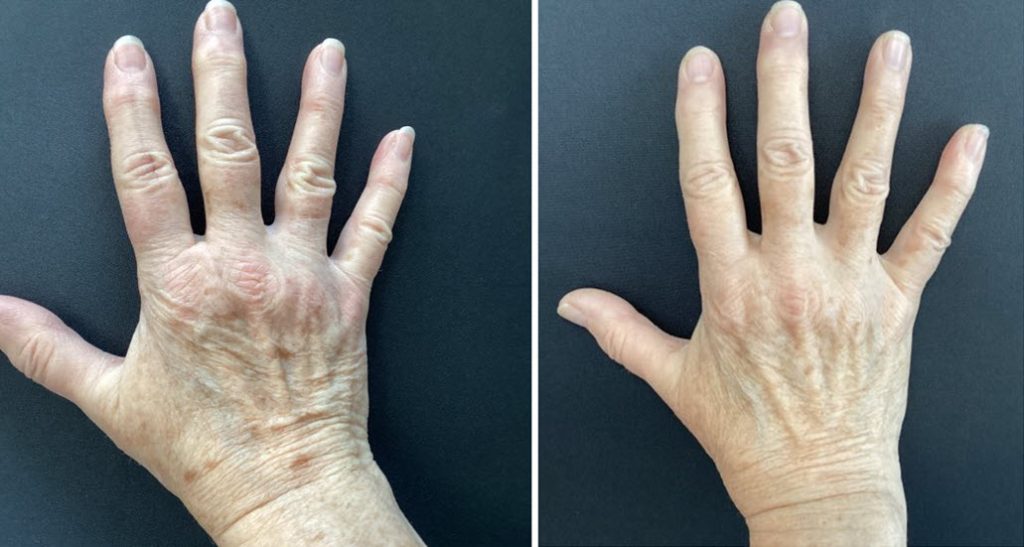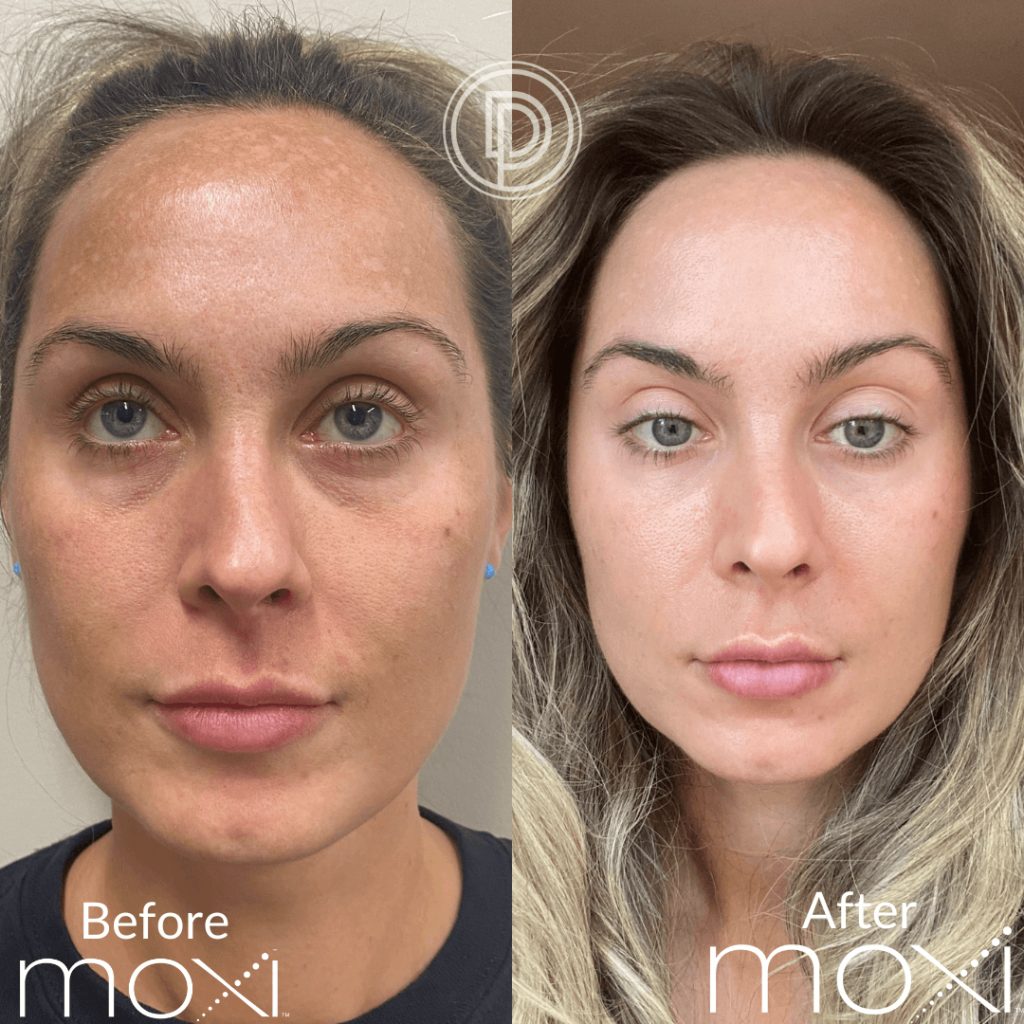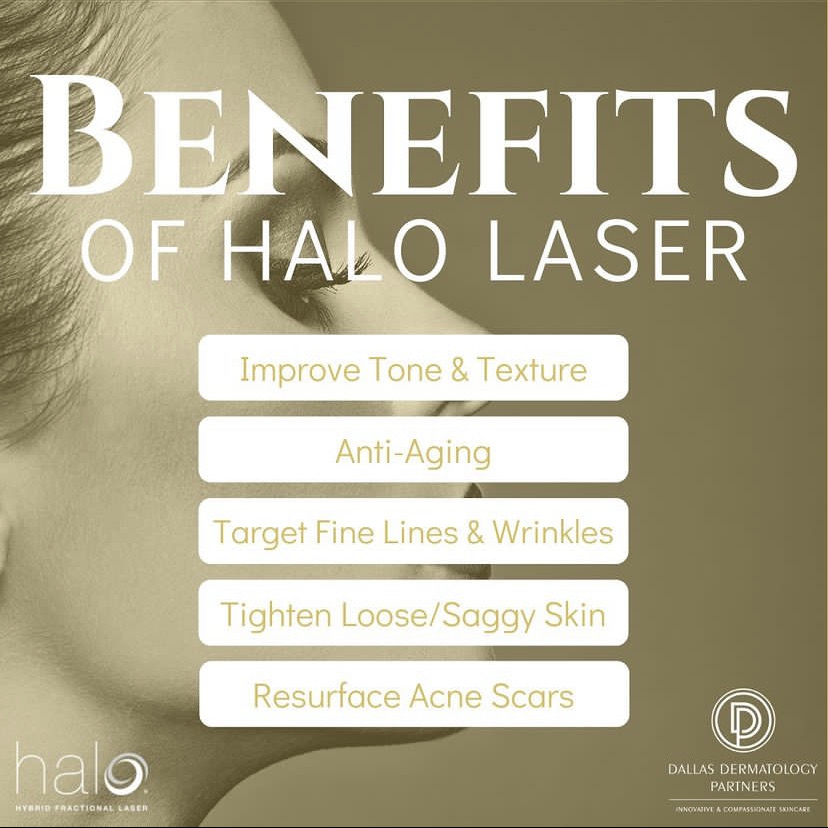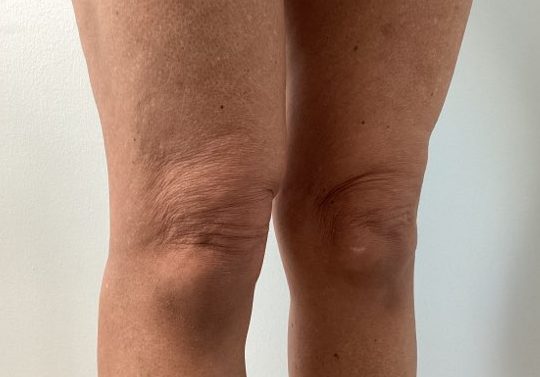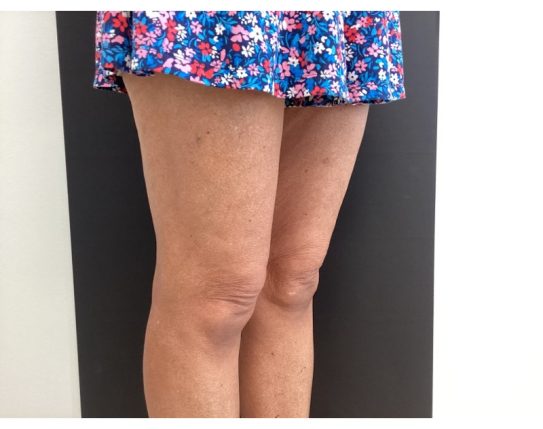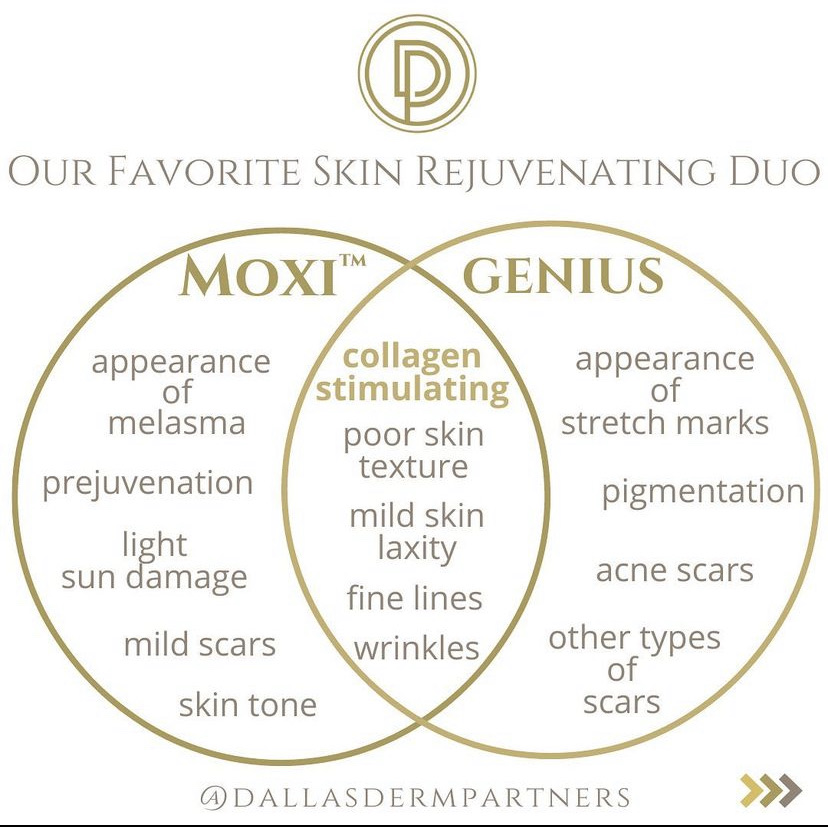Can Lasers Minimize Pores and Texture?
Yes, lasers can help minimize pores and improve skin texture, giving you smoother, more radiant skin. By stimulating collagen production and encouraging skin renewal, laser treatments provide an effective, long-lasting solution for these common skin concerns. At Dallas Dermatology Partners, we offer advanced treatments like the HALO Hybrid Laser and Genius RF Microneedling, designed to address pores, texture, and more. In this blog, we’ll explain how these treatments work and the transformative benefits they can provide for your skin.
How Laser Treatments Work on Pores and Texture
Laser skin treatments have transformed the way we approach skincare, offering solutions that go beyond the limitations of topical products. Unlike creams that provide temporary improvements, lasers target deeper layers of the skin to promote long-lasting regeneration. They also deliver more natural-looking results compared to many cosmetic procedures, helping you achieve a refreshed and youthful appearance. Let’s take a closer look at how these innovative treatments work.
HALO Hybrid Laser
HALO laser treatment uses a combination method to deliver energy to multiple layers of the skin for a comprehensive solution. The ablative laser treats the top layer, while the non-ablative laser penetrates deep into the skin. These lasers remove sun damage and excess pigmentation and softens fine lines.
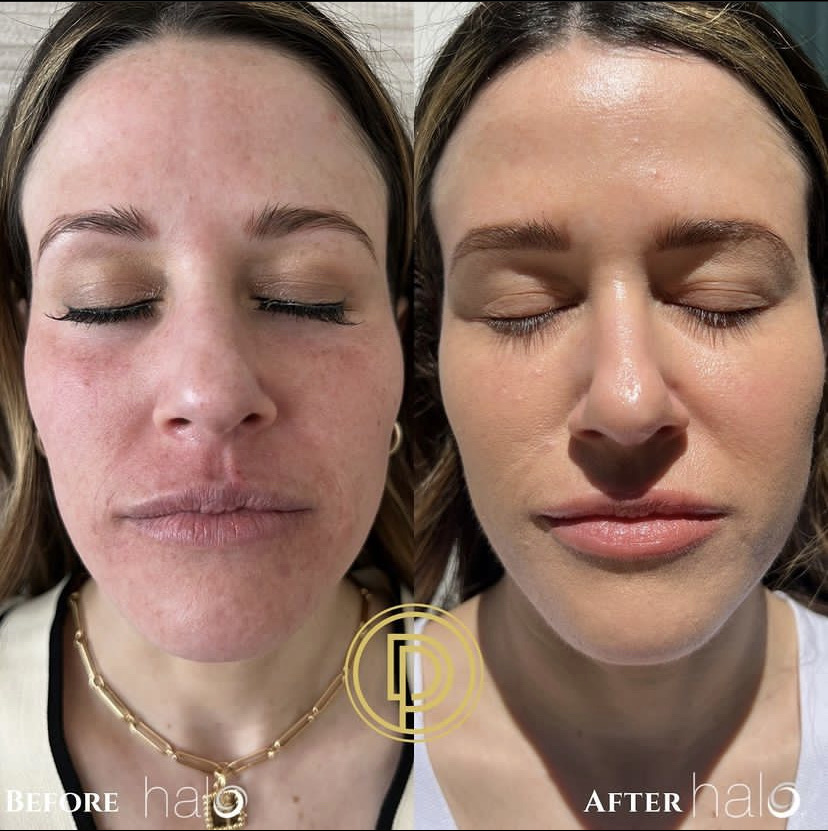
Genius RF Microneedling
This two-fold approach combines two very different skin treatments: radiofrequency and microneedling. Our Genius RF microneedling in Dallas uses coagulation to create collagen and elastin production in the skin. The needles create controlled skin penetration, while the radiofrequency generates heat and energy to prompt regeneration. This ensures you get visible and lasting results.
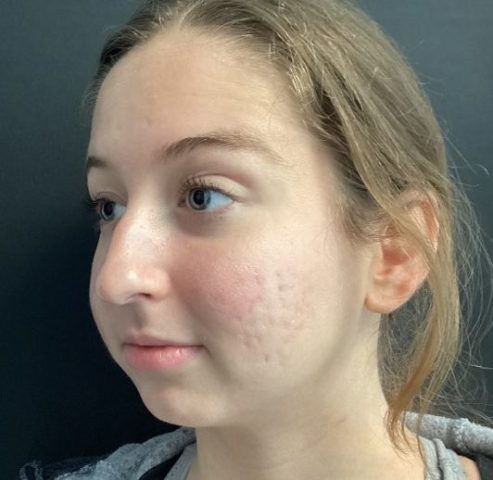
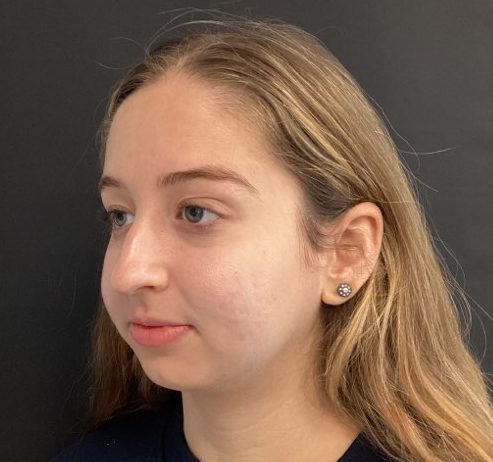
Texture and Radiance Benefits
Improved skin health allows light to reflect better, creating a more luminous complexion. Radiant skin reflects light more evenly, giving the face a glow that topical products and makeup can’t achieve. You will notice the difference—as will others around you. Smoother, tighter skin also looks healthier and more youthful.
Here are some of the top uses for laser treatments:
- Reducing the appearance of wrinkles and fine lines
- Minimizing acne scars and uneven pigmentation
- Reducing other types of scarring
- Tightening loose or sagging skin
- Improving overall skin tone and radiance
- Repairing sun damage
The Importance of Professional Guidance
You might wonder how to choose the best laser treatment for texture and pores. Only an experienced and licensed professional can make that call. The most appropriate option will depend on your skin type and the specific complaint you want to solve.
A consultation with Dallas Dermatology Partners ensures we choose an effective treatment plan based on your skin type, concerns, and goals. We might recommend combining laser treatments to meet your needs. Our team will also guide you on proper aftercare to ensure optimal and long-term results.
Book Your Appointment
Reclaim your radiant and youthful skin without chemicals or invasive procedures.
Dallas Dermatology Partners helps our patients complete their procedures with minimal downtime. We work closely with you to find a treatment schedule that meets your needs and budget.
Book your Dallas dermatology appointment today to get answers to your most pressing questions and start your treatment process. We provide professional care so that you can look and feel your best.
Can Lasers Minimize Pores and Texture? Read More »

